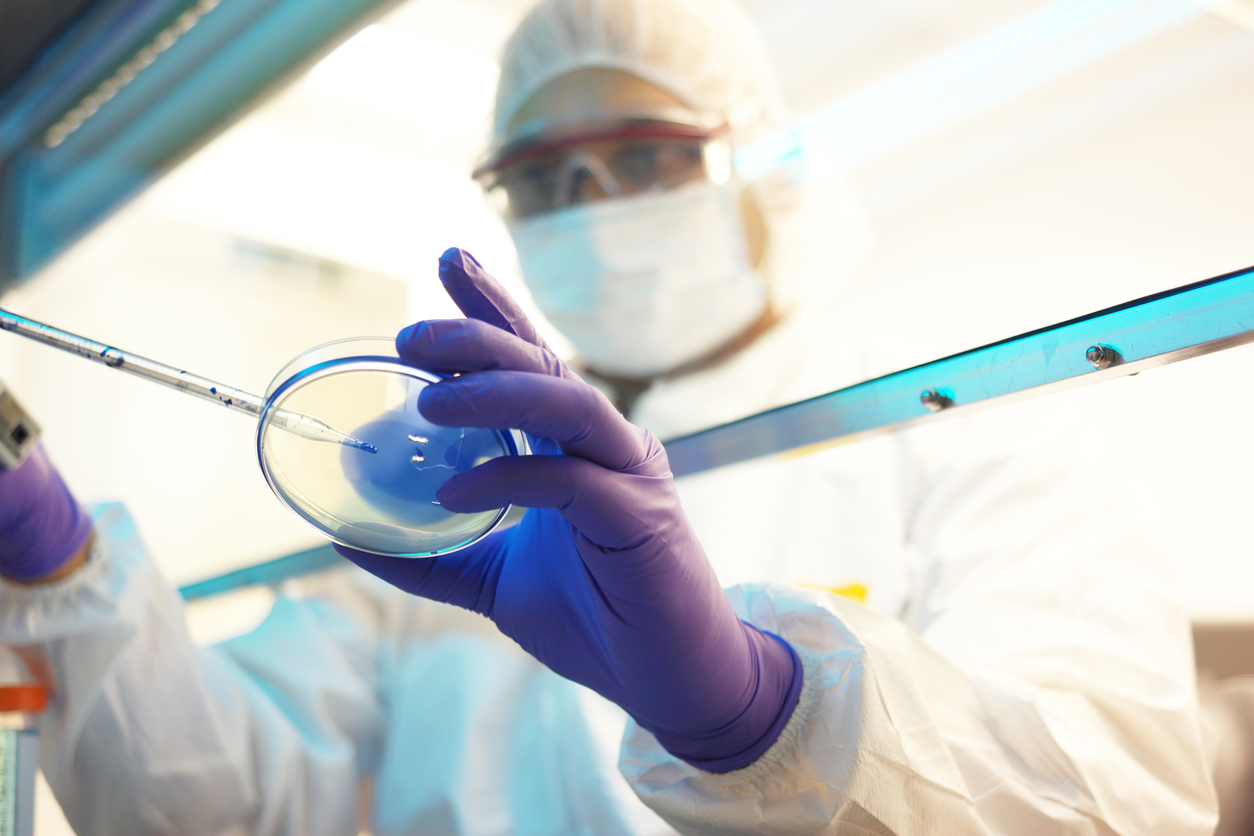Indian parents have conceived 18 babies by IVF in order to find a compatible donor and treat their first-born with thalassemia. They already had two children, a seven-year-old girl and a five-year-old boy. The boy, who suffers from severe thalassemia, first had to receive a blood transfusion every month but his health condition later required a bone marrow transplant. Since his sister’s HLA typing[1] was not compatible with his, the young boy had a very small chance of finding a compatible bone marrow donor.
The parents turned to the services of Nova IVI Fertility in Chennai and created eighteen embryos by in-vitro fertilization. The embryos all underwent a preimplantation genetic diagnosis. The results showed that only one of the embryos had an HLA typing consistent with that of the sick sibling, so it was the only one implanted in the mother’s uterus.
The baby was born in good health and, according to a statement from the clinic, “a bone marrow transplant is planned for the affected sibling”.
To find out more:
The practice of “saviour siblings” abandoned in France in 2014
100 embryos destroyed for 1 “saviour sibling”
Preimplantation diagnosis and “saviour siblings”
[1] Also referred to as histocompatibility, the HLA system or L-A system (Human Leucocyte Antigens) is the main system involving antigens (elements not recognized by the body and therefore considered foreign) and it determines the success of a transplant.
The New Indian Express (28/02/2019) – Thalassemic parents use IVF to save 5-yr-old son

